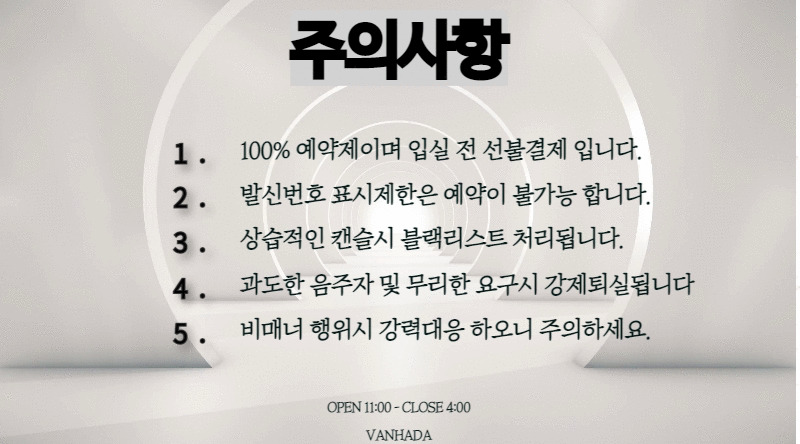After Hours

After Hours
What is an example of After Hours?
After Hours is often associated with actions or events that happen outdoors of standard enterprise working instances. A widespread example of After Hours is a private party hosted at a restaurant or bar that permits guests to enjoy an unique environment once the venue has closed to the common public.
Example of After Hours Event
For occasion, a corporate team-building event might be scheduled at a local bowling alley after its traditional closing time. In this case, the alley would be reserved exclusively for 부달주소 the company, offering a enjoyable and unique expertise for workers to bond and unwind.
What does After Hours imply in slang?
In slang, "After Hours" typically implies actions or occasions that take place late at night, usually after the usual closing time of businesses or venues. This phrase can convey a way of secrecy, exclusivity, or illicit behavior, depending on the context.
- Nightlife: Refers to clubs, bars, or parties that happen late into the evening.
- Secret Gatherings: Suggests personal events which will contain a choose group of individuals.
- Unconventional Activities: Indicates behaviors that may not be socially acceptable throughout common hours.
In summary, "After Hours" captures the essence of late-night adventures, usually associated with pleasure, risk, and the freedom to discover beyond the constraints of everyday norms.

What is the meaning behind After Hours?
"After Hours" is an album by The Weeknd that explores themes of heartbreak, solitude, and the complexities of nightlife.
- Emotional Turmoil: The album reflects on the ache and emotional struggles that always accompany relationships and personal identity.
- Nightlife Experience: It delves into the highs and lows of partying and the superficial connections made during these late-night escapades.
- Redemption: Throughout the tracks, there's a journey in the path of self-realization and the search for redemption amidst chaos.
Overall, "After Hours" poignantly captures the distinction between euphoria and despair, making a narrative that resonates with listeners who've experienced related emotions.



